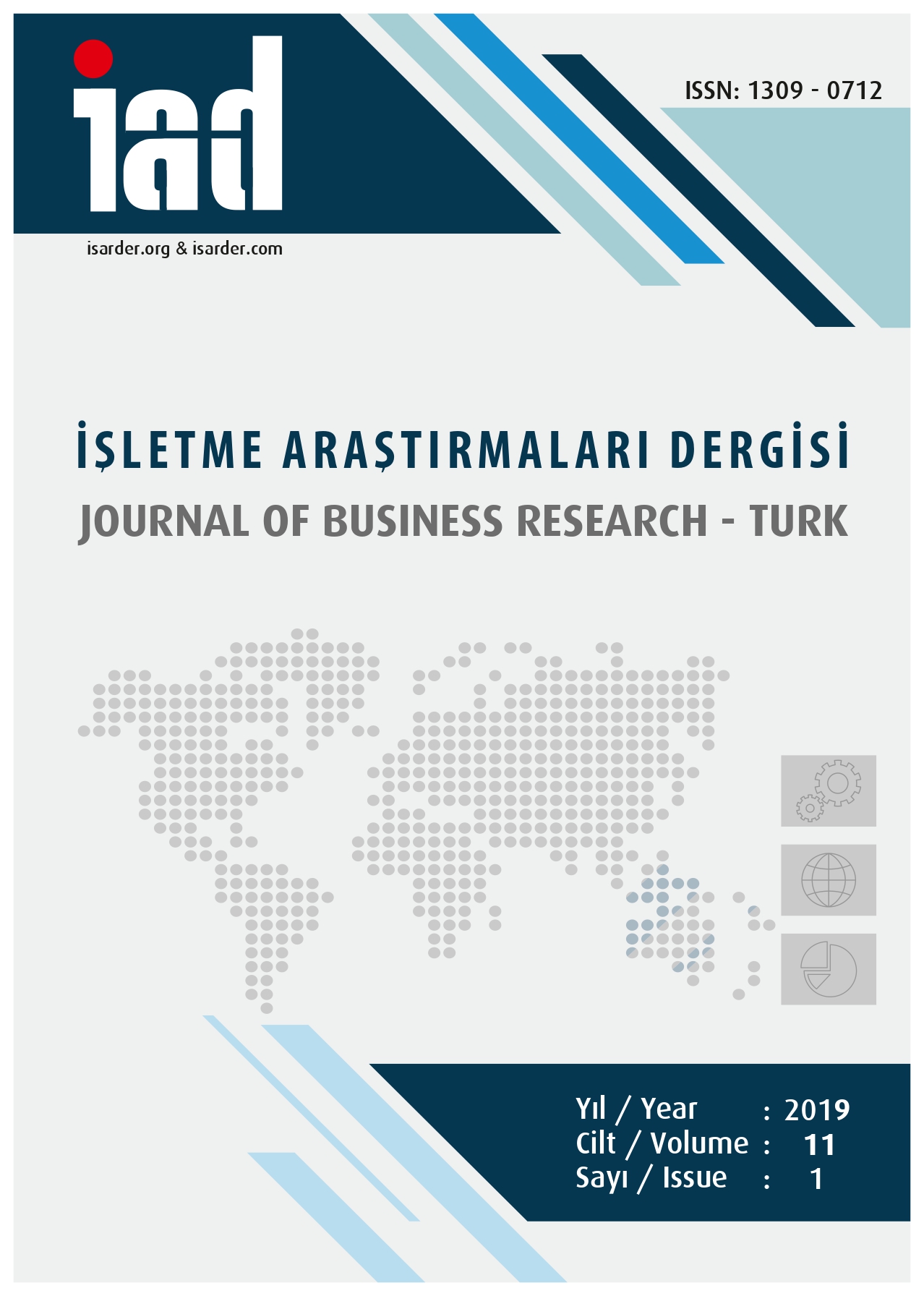Tüketicilerin Mobil Uygulamalara İlişkin Algılarının Teknoloji Kabul Modeli İle Değerlendirilmesi
Evaluation of Consumers’ Perceptions About Mobile Applications According to The Technology Acceptance Model
Author(s): Ahmet UyarSubject(s): Business Economy / Management, Marketing / Advertising, ICT Information and Communications Technologies
Published by: Orhan Sağçolak
Keywords: Technology Acceptance Model; Mobile Applications; Structural Equation Model;
Summary/Abstract: Purpose – Along with globalisation, technological developments spread around the world, and these novelties begin to be used by different consumer groups. Rapidly developing and differentiating applications bring forward the question of people’s adaptation to technology. Various models are being developed in the literature relating to this subject matter. The purpose of the study is to determine consumers’ adaptation to mobile applications, and the factors which influence technology acceptance within the frame of the technology acceptance model. Design/methodology/approach – For this purpose, the technology acceptance model was explained, and a 5-point Likert-type questionnaire comprising 17 questions was administered to consumers. A total of 320 consumers participated in the research. The data collected with the questionnaire method was analysed with the LISREL and SPSS 18 software, and explained with the help of the structural equation model. In the study, latent variables and those variables that were observed to relate to latent variables were shown with the help of a path diagram, and construct reliability and fit criteria were given. Also, the “t-test” and “Variance ANOVA Analysis” were utilised for unrelated measurements in the comparison of the participants’ opinions about the subject matter and their demographic characteristics. Findings – The data obtained as a result of the research showed a significant relationship between ease of use and intention of use, and it was seen that the benefit to be obtained from entertainment and mobile services also explain the intention of use. Discussion – In this way, factors considered to be important for ensuring consumers’ adaptation to newly developing applications were determined and some recommendations were offered to sector stakeholders about certain issues.
Journal: İşletme Araştırmaları Dergisi
- Issue Year: 11/2019
- Issue No: 1
- Page Range: 687-705
- Page Count: 19
- Language: Turkish

